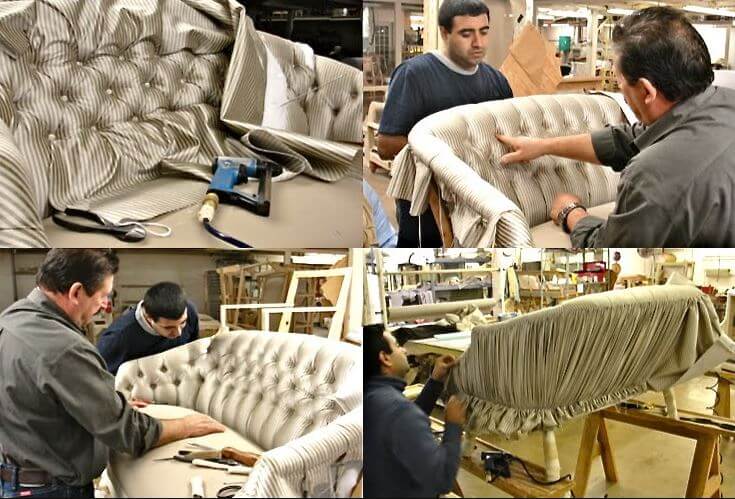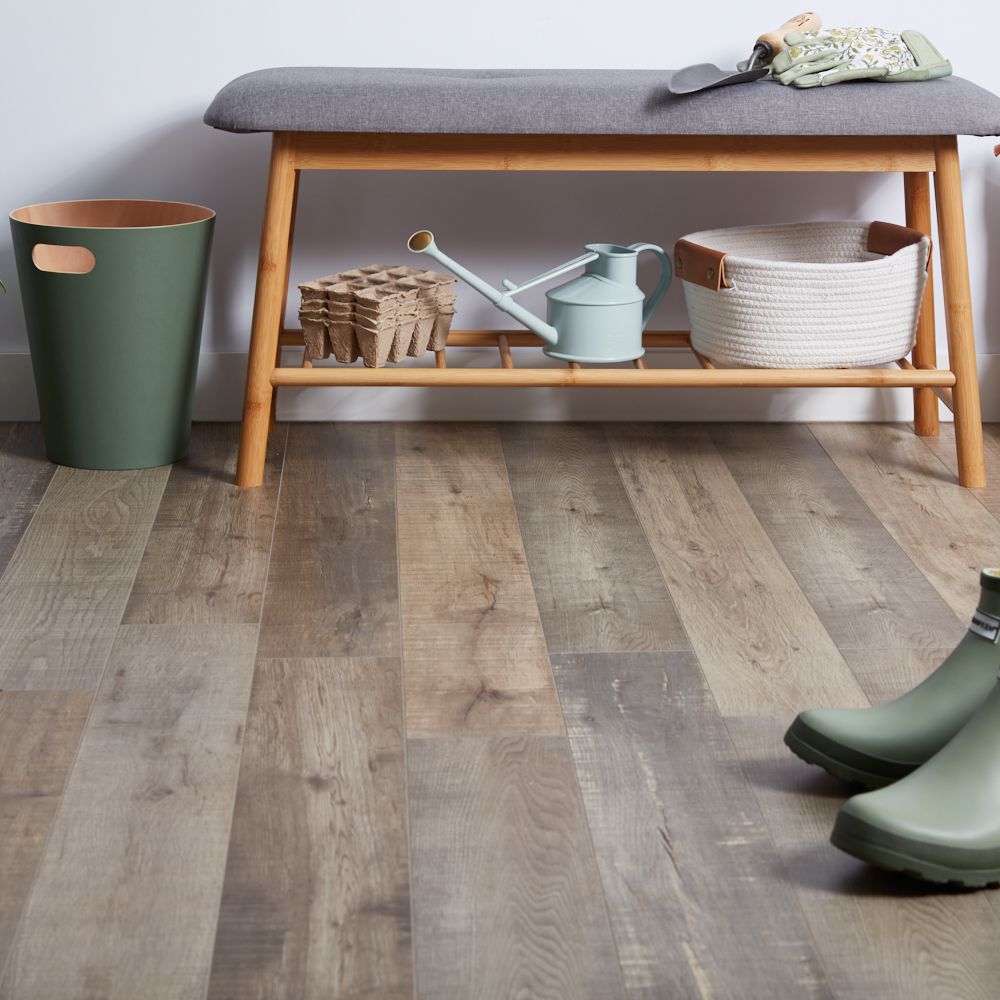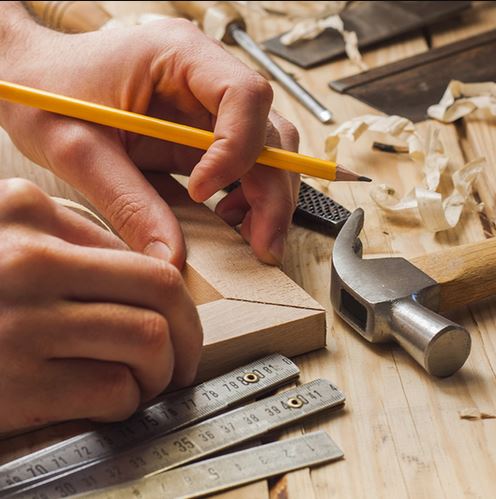Dubai’s interior design scene is known for its bold luxury, cultural richness, and innovative aesthetics. One of the most fascinating aspects of this design landscape is upholstery. In a city where skyscrapers meet traditional souks, and ultra-modern villas coexist with historic homes, upholstery styles have evolved to reflect a seamless blend of modern sophistication and traditional artistry. Understanding how Dubai upholstery blends cultures can inspire homeowners and designers to create spaces that are both contemporary and culturally rich.
The Appeal of Blending Modern and Traditional Upholstery
Upholstery in Dubai is more than just fabric on furniture—it’s an expression of identity, heritage, and lifestyle. The modern elements often emphasize clean lines, minimalistic shapes, and neutral color palettes, reflecting global design trends. Traditional influences, on the other hand, introduce intricate patterns, rich textures, and cultural motifs inspired by Middle Eastern artistry, such as geometric patterns, arabesques, and luxurious embroidery.
The combination of these styles allows interiors to feel both contemporary and grounded in local culture. It’s an aesthetic that caters to residents who appreciate global trends while honoring Dubai’s rich heritage.
Key Modern Upholstery Trends
Modern upholstery in Dubai is defined by sleek designs, comfort, and functionality. Some notable trends include:
Minimalist Shapes: Sofas and chairs with clean lines and understated frames are increasingly popular in contemporary Dubai homes.
Neutral Palettes: Whites, beiges, grays, and muted tones create a calm and versatile base that complements modern interiors.
Tech-Friendly Furniture: Modular seating and multi-functional upholstered pieces cater to the fast-paced, tech-savvy lifestyle of Dubai residents.
High-Performance Fabrics: Fabrics like microfiber, velvet blends, and stain-resistant materials are practical choices for luxurious yet durable furniture.
Modern upholstery often serves as a canvas, providing flexibility to integrate traditional accents that reflect cultural richness.
Traditional Dubai Upholstery Influences
Traditional upholstery in Dubai draws inspiration from centuries of regional craftsmanship. Common characteristics include:
Intricate Patterns: Geometric shapes, arabesques, and floral motifs are commonly incorporated into fabrics.
Luxurious Textures: Velvet, silk, and embroidered fabrics add depth and opulence to seating and décor.
Rich Color Palettes: Jewel tones, gold accents, and deep earth shades create a sense of warmth and grandeur.
Artisanal Techniques: Hand-stitching, weaving, and inlay designs reflect meticulous craftsmanship and cultural heritage.
These elements add character and storytelling to furniture, making each piece a unique reflection of local artistry.
How to Blend Modern and Traditional Styles
The true magic of Dubai upholstery lies in combining modern and traditional elements harmoniously. Here are some strategies to achieve a balanced look:
Start with a Modern Base
Choose furniture with contemporary lines and neutral upholstery as your foundation. A sleek sofa or minimalist armchair provides a versatile canvas for traditional accents without overwhelming the space.
Layer Traditional Textures and Patterns
Introduce traditional fabrics through cushions, throws, or accent chairs. Rich textures like velvet, embroidered silk, or patterned fabrics can instantly elevate a modern piece, adding depth and cultural significance.
Use Color Strategically
Blend modern neutral tones with pops of traditional jewel tones. For example, a gray sofa paired with emerald green or deep red cushions achieves a striking balance between modernity and tradition.
Mix Materials
Combine modern materials like metal and glass with traditional elements such as wood or brass in furniture frames and upholstery details. This contrast reinforces the cultural fusion while maintaining functionality and contemporary appeal.
Highlight Artisanal Details
Incorporate hand-crafted details like embroidered patterns, hand-stitched trims, or traditional motifs subtly. These elements nod to heritage without compromising the clean aesthetic of modern design.
Applications in Dubai Interiors
Dubai homeowners are increasingly embracing this hybrid approach in various spaces:
Living Rooms: Modern sofas layered with traditional cushions and ornate rugs create inviting yet elegant spaces.
Luxury Villas: Upholstered beds with clean lines complemented by embroidered throws reflect both comfort and cultural identity.
Hospitality Settings: Hotels in Dubai often combine minimalist furniture with traditional Middle Eastern upholstery to offer guests a luxurious and culturally immersive experience.
Office Spaces: Executive lounges can incorporate modern modular seating enhanced with subtle traditional patterns, striking a professional yet refined tone.
Maintenance and Longevity
Blending modern and traditional fabrics requires thoughtful maintenance. High-performance modern fabrics are easy to clean, while traditional textiles like silk or embroidered fabrics may need professional care. Rotating cushions, vacuuming regularly, and protecting delicate fabrics from direct sunlight can help preserve both appearance and functionality.
Conclusion
Dubai upholstery exemplifies the city’s unique ability to fuse the contemporary with the traditional. By thoughtfully blending modern design principles with rich cultural motifs and luxurious textures, homeowners and designers can create interiors that are elegant, functional, and deeply expressive.
Whether you’re redecorating a modern apartment or designing a traditional villa, integrating both styles in upholstery Dubai allows your furniture to tell a story—one that bridges cultures, celebrates heritage, and embraces modern luxury. In Dubai, this fusion isn’t just a trend; it’s a reflection of the city itself—dynamic, diverse, and beautifully harmonious.




